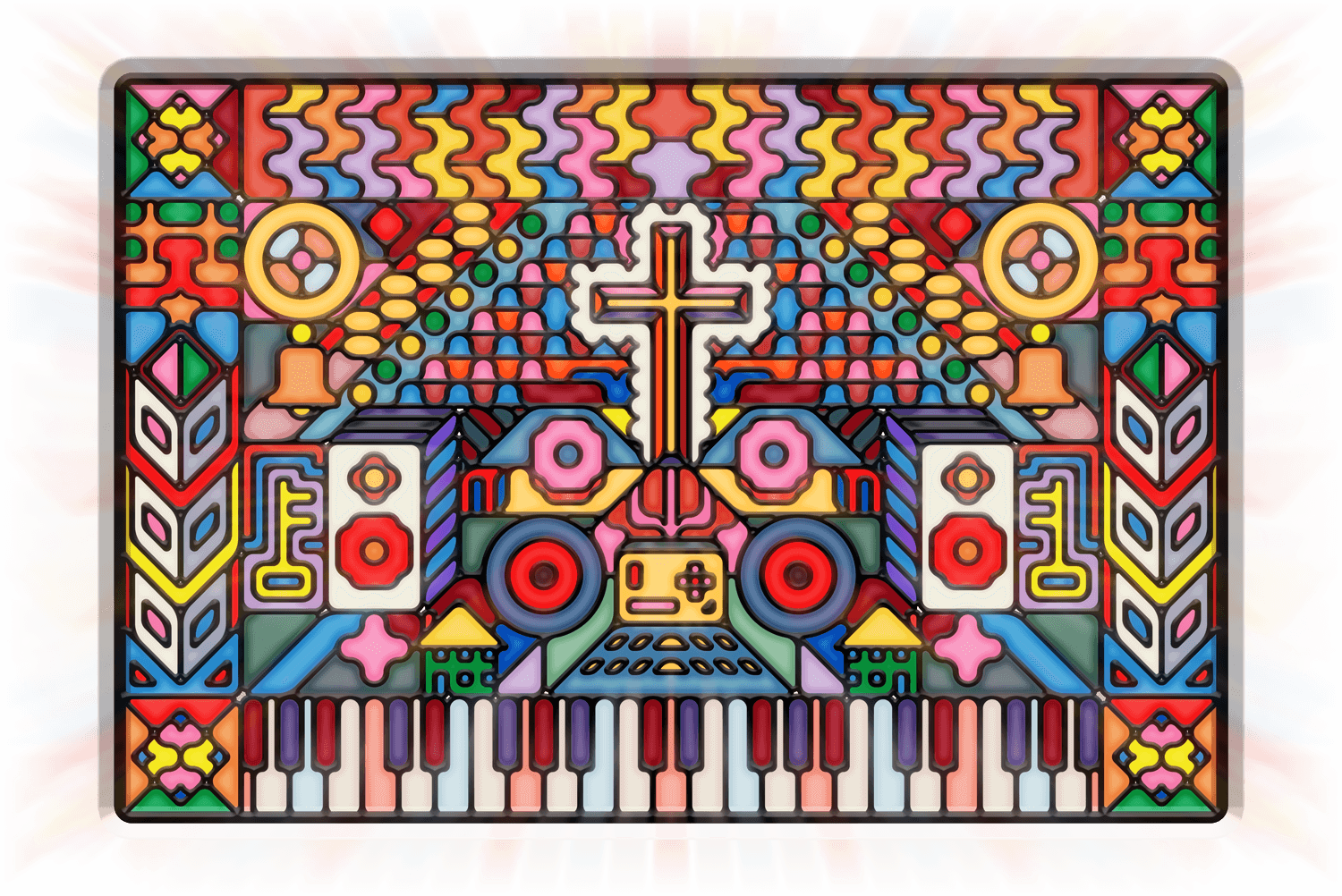Devotion: The Architecture of Medieval Churches
Emma Warren explores the transcendent impact and contemporary relevance of medieval acoustic treatments
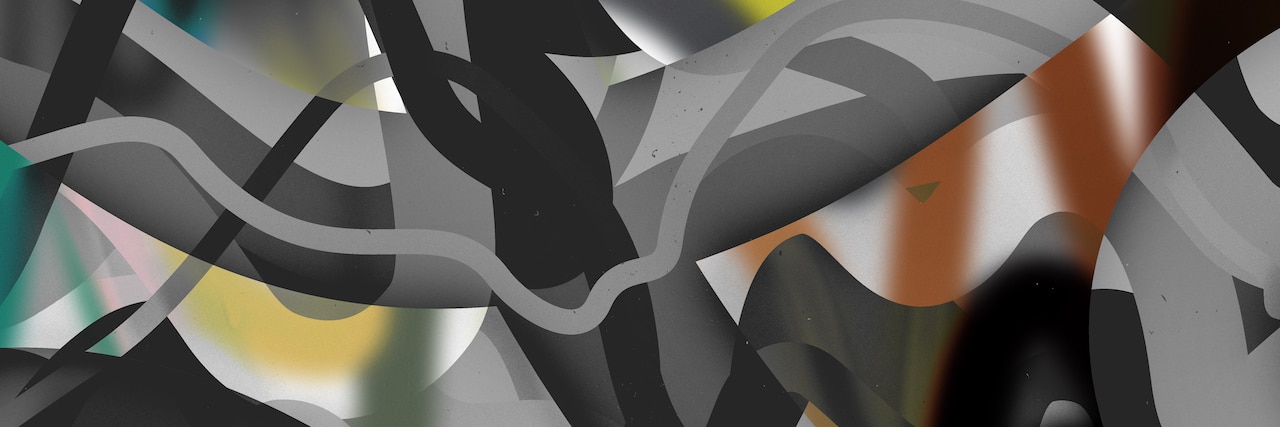
The cliché that connects nightclubs and churches is being given new life down a dodgy Skype line. Dr. Spyridon Antonopoulos is describing how heavy curtains used inside Byzantine churches altered the acoustics, and how medieval architects installed resonating vases known as amphorae into the walls or domes which amplified the sound out to the congregation. So far, so Plastic People.
A musicologist, Dr. Antonopoulos was part of a 2016-published research project that used sweeping sine waves to map the inside of eight Byzantine era churches in Greece. The resulting sonic picture was transposed into filters that could be applied to any recording to make it sound like it was recorded in that specific space. Antonopoulos, meanwhile, transcribed dozens of pages of 14th and 15th century music for contemporary Byzantine singers to perform in each church in order to test out the acoustics in the most accurate way possible.
They focused on the Thessaloniki region in Greece because of the well-preserved churches, but also because it represents a moment of change in both the music and the architecture. “[There was] a transition in architecture from very large longitudinal basilicas – civic centres designed to be congregation points for large urban populations – to smaller churches with domes,” says Dr. Antonopoulos. “Whilst we couldn’t prove that acoustics were the driving force in the planning, it’s definitely apparent that the architects and their planners had sound in mind. They made design choices based on acoustics.”

A new sound emerged in the Byzantine East around the 13th century at the same time as smaller, domed churches began to appear in places like Thessaloniki. Kalophonic chant is an ornate song in which singers repeat and embellish one or two lines from a liturgical text; an idea that minimalist composers like Meredith Monk played with over a thousand years later. Previously, sacred music comprised chants taken from the psaltikon and asmatikon – large hymnals that singers would stand around, and which included musical symbols as well as words. Singers would use these as pointers for when to add more elaboration to a chant line, or when to synchronize for a chorus.
“Kalophonic music was more embellished and abstract,” explains Antonopoulos. “There are entire compositions of just syllables. It’s an evolution where music seems to usurp text for the first time. To me, that demonstrates humans trying to reach this ineffable place, where speech failed. They had to use music.” This, he says, is an example of humans trying to unify themselves to the cosmos, when speech is no longer sufficient. It’s what devotional music is all about. “This change happens when the massive urban basilicas of Late Antiquity begin to yield to smaller domed churches. Did these spaces respond? Did the music respond? We know there’s a relationship.”
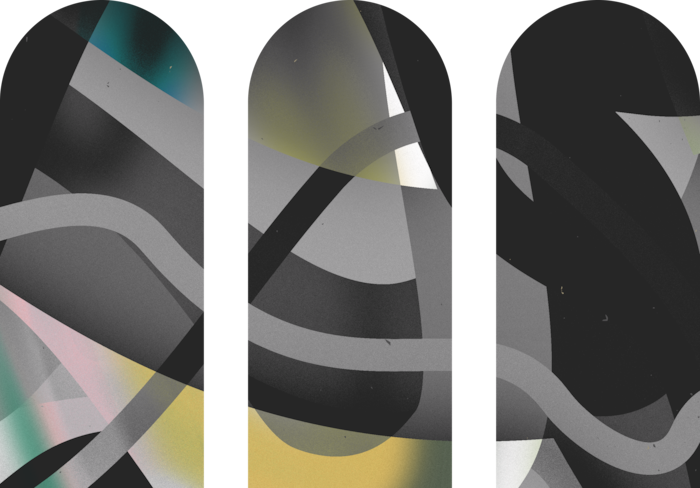
The trope about churches and nightclubs can be extended to describe these ancient places of worship as early soundsystems: they allowed new music to emerge and then adapted as the music evolved. At least that’s how it seems listening to Wire-favourite Laura Cannell improvising in the church locally known as the Cathedral of the Marshes. We’ve come on a day trip to see how the musician, who improvises powerful new music out of medieval fragments, uses old churches as recording studio, amplifier and mixing desk.
I let the space create the music.
She’s blowing into two recorders – her distinctive double-barrelled style initially inspired by Dutch composer Louis Andriessen and then by stone carvings of medieval musicians doing the same – in front of the altar in Holy Trinity, Blythburgh. Distinct sonic entities are whizzing past my ears and through my body, and not just because of the difference in tone that these two instruments create or the drone being generated by the gentleman hovering in the background. It’s also this 15th century building.
“These buildings are so sensitive to the sound because they’re designed for the human voice – speaking, or playing or singing any sound,” says Cannell, sitting in the wooden choir stalls. Most early music, she explains, was monophonic psalm, and it’s the acoustic sensitivity required for plain human voice that drew her to playing in churches. “You can play the space. If I play something and it’s reverberating somewhere else I can use it to accompany the idea I’m having and draw it into the next note.”
“A lot of my music is based on 5th century psalms of repentance, and it’s really antiphonal. It’s questions and answers, and that’s what this building is all about. Someone here going ‘da da da,’ and someone over there answering them.”
Cannell must be the most frequent secular visitor to the medieval churches that pepper this rural part of England’s rounded easterly edge. This means she’s on first name terms with many congregational cleaners – they’re often called Joyce – and has a free pass to play, practice and record. The church acoustic replaces filters in her laptop. If she wants it to sound distant or to echo she’ll move further away from the mic – live mixing it – rather than doing it in her computer. “I let the space create the music,” she says.
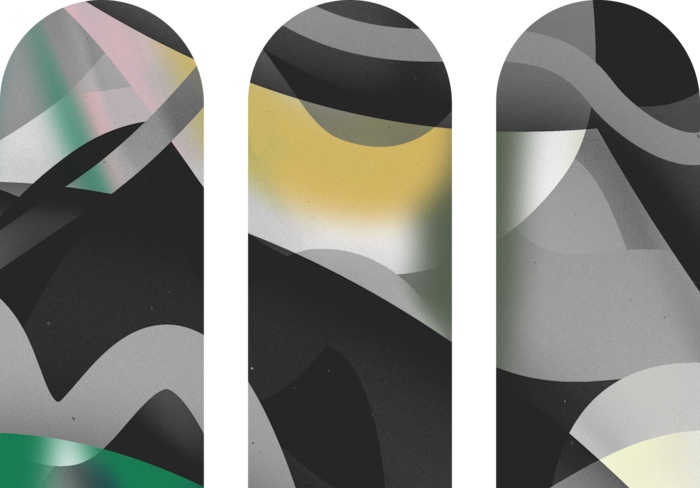
Two more churches are on the agenda for this devotional day trip. First, St. Edmunds in the pretty coastal town of Southwold, which was built between 1430 and 1490 and commemorates a martyred Anglo-Saxon king who was shot by invading Danes “until he bristled like a hedgehog.” The arrow-shaped pens for sale at the back of the church seem incongruously jolly given the circumstance.
Cannell is playing “Three Stones” from her most recent album Simultaneous Flight Movement on her specially-adapted fiddle – the bow splits in two with the horsehair side going over the strings and the body of the bow sitting across the back of the violin. The sound is distinctly less vibrant than in the last place: It’s as if she’s surrounded by invisible baffling that deadens the sound ten metres out from the sound source. “It feels a bit oppressive,” she whispers. Then a pause. “Why am I whispering?” The sound here, she declares (a little louder), is totally different, and distinctly un-magical.
Devotional music is meant to be beautiful, but the moments of transcendence hit you by surprise.
“It’s curt,” she says. “It’s not messy or reverberant, it hasn’t got that voice or freedom. It makes me want to do things in 4/4. It makes me want to play all the notes.” Usually it helps that churches are chilly places, at least in the Northern Hemisphere, as sound travels further through cold air.. Just not here.
Dr. Antonopoulos might be able to help explain why St. Edmund’s failed the sweet spot test. His team were able to map specific resonant qualities of churches to the feeling of singing or playing in them. “There are some churches which seem very forgiving of mistakes because of the way they mix the sound and feed it back to you,” he says, “but that can be deceptive because your mistakes are just being caught up in a wash of sound.”
The team measured the churches according to acoustical parameters including reverberation and early decay time. “We were able to take subjective observations – ‘I felt enveloped by sound’ – and map them to measurements,” says Antonopoulos. In some of the larger churches, the extended reverberation time corresponded to an immersive feeling for singers and listeners. In one church, the acoustical measurements picked up early decay time peaks in very low (below 200 Hz) and very high (around 4,000 Hz) frequencies. “That explained some of the ‘deadness’ listeners perceived: low voices sounding muddy and losing some of the high frequencies and harmonics.”
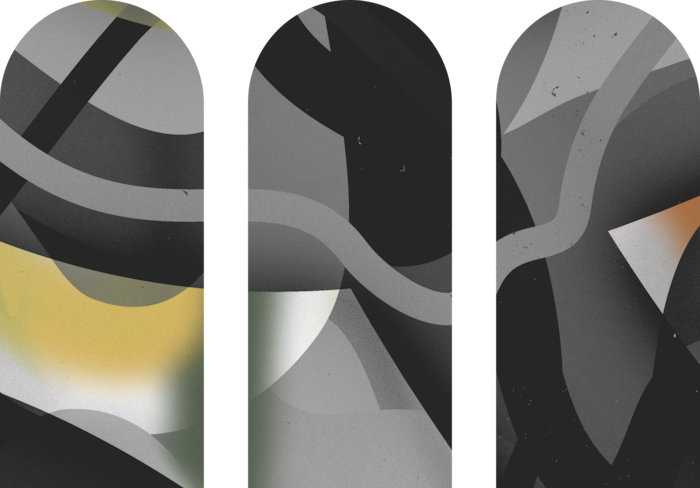
St. Andrews, Covehithe, is profoundly on the edge. This tiny 17th century church sits within ruins that predate it by 300 years and is only one field away from falling into the sea. Sitting in a pew halfway back, Cannell finds a sound, and plays. It’s a grounding and resonant counterpoint to the precarious, marginal life of this building that sits literally on the edge of existence.
She’s playing into the sounds, into the fiddle, into the creaks and into the cracks, into the broken leaded window, into the damp, and the music is streaming through the church, warming it all up. It’s still difficult to explain why the tower door started to bang as we began to leave. Perhaps it was applauding?
Hopefully it’s all grist for Cannell’s creative mill. She has just been commissioned to make a new piece of music for a forthcoming exhibition at the Museum of Modern Art in Atlanta, Georgia that examines the artist as a vessel to communicate with other worlds.
So what’s the devotional aspect of these churches and the music they generated for her as a non-believer? “It’s the feeling that you’re trying to get as close as you can to whatever the truth is for you,” she says. “I don’t want there to be an answer. I want to keep asking the questions, otherwise there’s nothing left.”
The medieval music Cannell uses as her source material was designed to be transcendent, says Dr. Antonopoulos, and it can have that effect outside of religious practice. “Devotional music is meant to be beautiful, but the moments of transcendence hit you by surprise.”
He describes one 7th century church where he took part in performing a late medieval composition. It was very melismatic, comprised of non-semantic syllables in a very high vocal range. “We were singing in the middle of this massive dome, singing these nonsense syllables. I can’t speak for the others but I was totally lost and then shocked at the end when I came down, that it could happen in such a laboratory setting, out of context of the ritual, with a mic in front of us – that I could achieve this transcendent state.”
It can happen in more pedestrian spaces, too. “At the University of Southern California we were recreating a virtual space in a gym, with 700 people,” he says. “During the soundcheck we were singing one of the pieces and I looked at my colleague – ‘Wow, what just happened?’ There’s something about the physical embodiment of sound and having it resonate through your body that is very conducive to what we’d call prayer or transcendence, or what other people I suspect might call trance.”
Illustrations by Ben Clark

